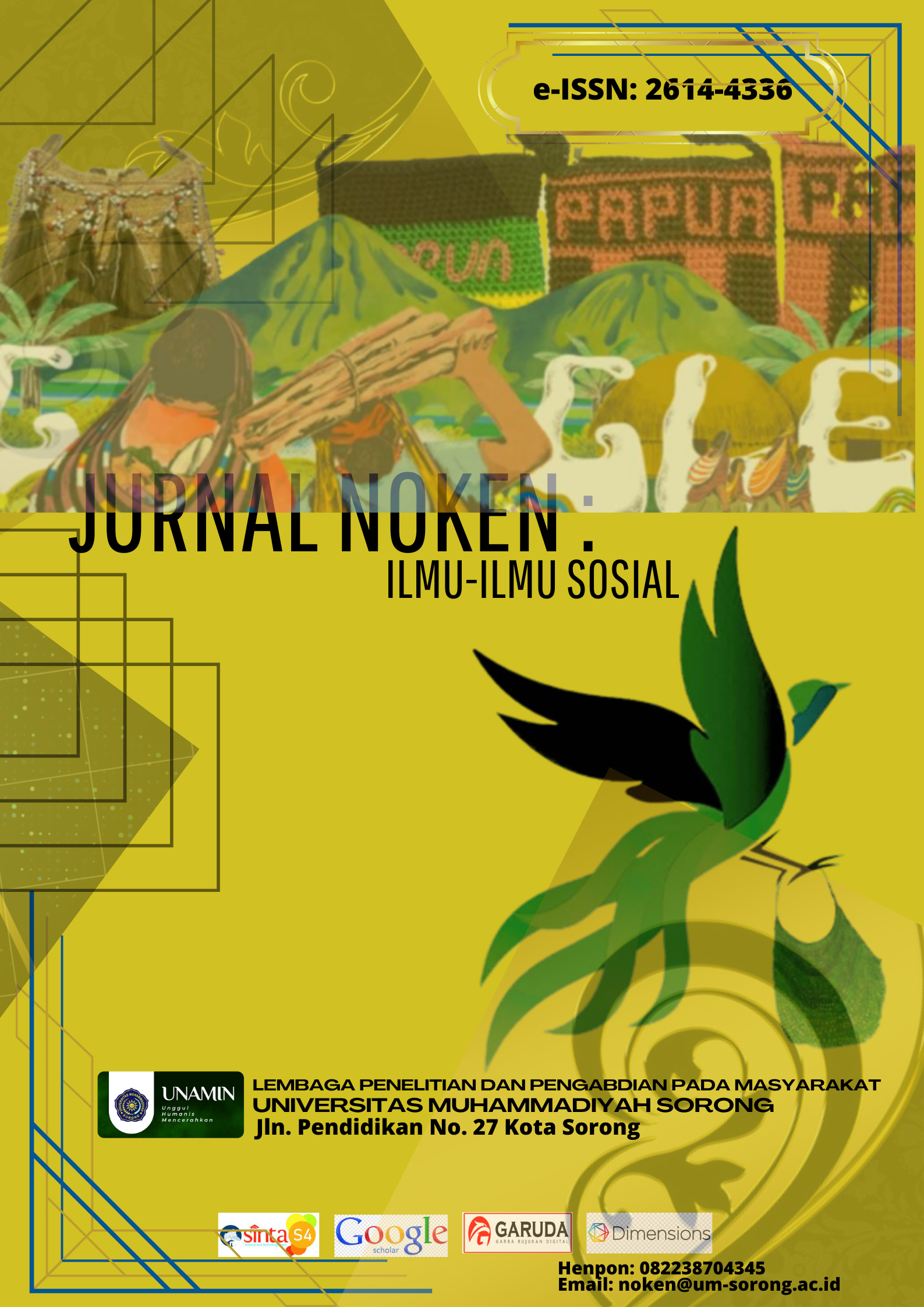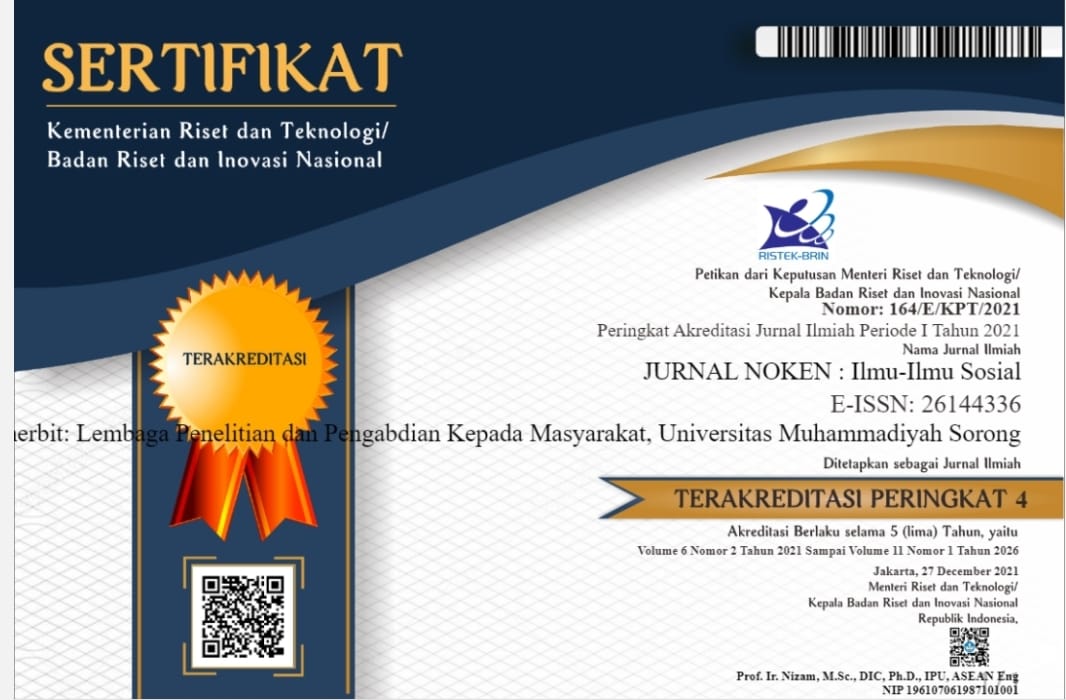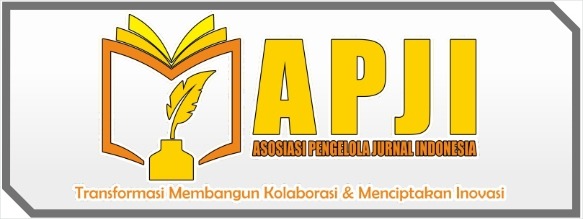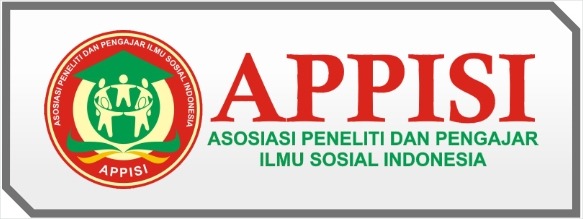Homogenisasi Budaya dan Pengaruh Teknologi: Korean Wave Sebagai Budaya Global
DOI:
https://doi.org/10.33506/jn.v7i2.1766Keywords:
Budaya, Globalisasi, Korea SelatanAbstract
Korean Wave or Hallyu is a trend that has developed in the world in the last thirty years. This article discusses the development of the Korean Wave as a form of cultural homogenization facilitated by technology until it is adopted as a global culture. The type of this research is descriptive with a qualitative approach. Data was collected through internet based research. The results show that the spread of the Korean Wave as a form of cultural homogenization is strongly influenced by technology. This can be seen by the dominance of the Korean Wave not only in Asia, but also in Europe, America, and even the Middle East from the use of the internet and social media. This shows that the Korean Wave has been adopted as a global culture.
References
Ang, C. (2020). Which Countries Have the Most Internet Users? https://Www.visualcapitalist.com/. https://www.visualcapitalist.com/countries-with-most-internet-users/
Chareonwongsak, K. (2002). Globalization and technology: how will they change society? Technology in Society, 24(3), 191–206. https://doi.org/10.1016/S0160-791X(02)00004-0
Choi, J. B. (2015). Hallyu versus Hallyu-Hwa: Cultural Phenomenon versus Institutional Campaign. In S. Lee & A. M. Nornes (Eds.), Hallyu 2.0 The Korean Wave in the Age of Social Media (1st ed., pp. 31–52). University of Michigan Press.
Clement, J. (2020a). Fastest Viral Videos Based on Number of Views in 24 Hours as of 2020. Statista.Com. https://www.statista.com/statistics/478082/fastest-viral-videos-views-in-24-hours/
Clement, J. (2020b). Most Viewed YouTube Videos of All Time 2020. Statista.Com. https://www.statista.com/statistics/249396/top-youtube-videos-views/
Clement, J. (2020c). Worldwide Digital Population as of October 2020. Statista.Com. https://www.statista.com/statistics/617136/digital-population-worldwide/.
Department Global Communication and Contents Division. (2021). Hallyu (Korean Wave). Korea.Net. https://www.korea.net/AboutKorea/Culture-and-the-Arts/Hallyu
DY. (2020a). The 19 Best Korean Cosmetic Brands for Skincare and Makeup. IVISITKOREA. https://www.ivisitkorea.com/korean-cosmetic-brands/
DY. (2020b). Top 12 Korean Fashion Online Stores. IVISITKOREA. https://www.ivisitkorea.com/korean-fashion-online-store/
el-Ojeili, C., & Hayden, P. (2006). Critical Theories of Globalization. Palgrave Macmillan UK. https://doi.org/10.1057/9780230626454
Hassi, A., & Storti, G. (2012). Globalization and Culture: The Three H Scenarios. In Globalization - Approaches to Diversity. InTech. https://doi.org/10.5772/45655
KBS World. (2013). The Return of Superman. KBS World. http://kbsworld.kbs.co.kr/program/view.php?pg_seq=728
Kedutaan Besar Republik Korea untuk Republik Indonesia. (2021). Hallyu : Gelombang Korea (한류:Korea Wave). Overseas.Mofa.Go.Kr. http://overseas.mofa.go.kr/id-id/wpge/m_2741/contents.do.
Kim, J. W. (2019). SBS, 베트남 이어 인도네시아 ‘런닝맨’ 공동제작..2020년 방영 목표. Sedaily. https://www.sedaily.com/NewsView/1VS8HR7TET/GL0103
Kim, S. D. (2019). The Korean Wave. In S. Mishra & R. Kern-Stone (Eds.), Transnasional Media: Concepts and Cases (1st ed., pp. 155–163). Wiley Blackwell.
Lee, S. (2012). The Structure of the Appeal of Korean Wave Texts. Korea Observer , 43(3), 447–469. https://www.tobiashubinette.se/hallyu_5.pdf
Mubah, A. S. (2011). Revitalisasi Identitas Kultural Indonesia Di Tengah Upaya Homogenisasi Global. Jurnal Global Dan Strategis, Edisi Khusus, 251–260. http://www.journal.unair.ac.id/filerPDF/7
Nitura, J. F. (2020). The Top 40 Highest-Rating Korean Dramas of All Time. Preview. https://www.preview.ph/culture/top-20-highest-rating-korean-dramas-a00268-20200519-lfrm
Rakhmawati, Y. (2017). Hibriditas New Media Komunikasi dan Homogenisasi Budaya. Jurnal Komunikasi, 10(2), 117. https://doi.org/10.21107/ilkom.v10i2.2516
Roser, M., Ritchie, H., & Ortiz-Ospina, E. (2015). Internet. https://ourworldindata.org/. https://ourworldindata.org/internet#citation
Sanook. (2017). The Return of Superman Thailand. Sanook. https://www.sanook.com/news/2172742/
Sitompul, F. L. I., & Paramasatya, S. 6. (2020). The Hallyu Ef ect: Persebaran Budaya Pop Hallyu sebagai Ancaman terhadap Juche. 6(2), 267–277. https://ejournal3.undip.ac.id/index.php/jihi/article/view/27280
Smith, S. (2018). 5 Mukbang Youtube Channels to Binge Watch. Spoon University. https://spoonuniversity.com/lifestyle/5-mukbang-channels-to-binge-watch
Yoon, T.-J., & Jin, D. Y. (2017). The Korean Wave: Evolution, Fandom, and Transnationality (T.-J. Yoon & D. Y. Jin, Eds.; 1st ed.). Lexington Books.
Downloads
Published
How to Cite
Issue
Section
License
Copyright (c) 2022 Nickasari Hendytami, Najamuddin Khairur Rijal, Devita Prinanda

This work is licensed under a Creative Commons Attribution-ShareAlike 4.0 International License.










